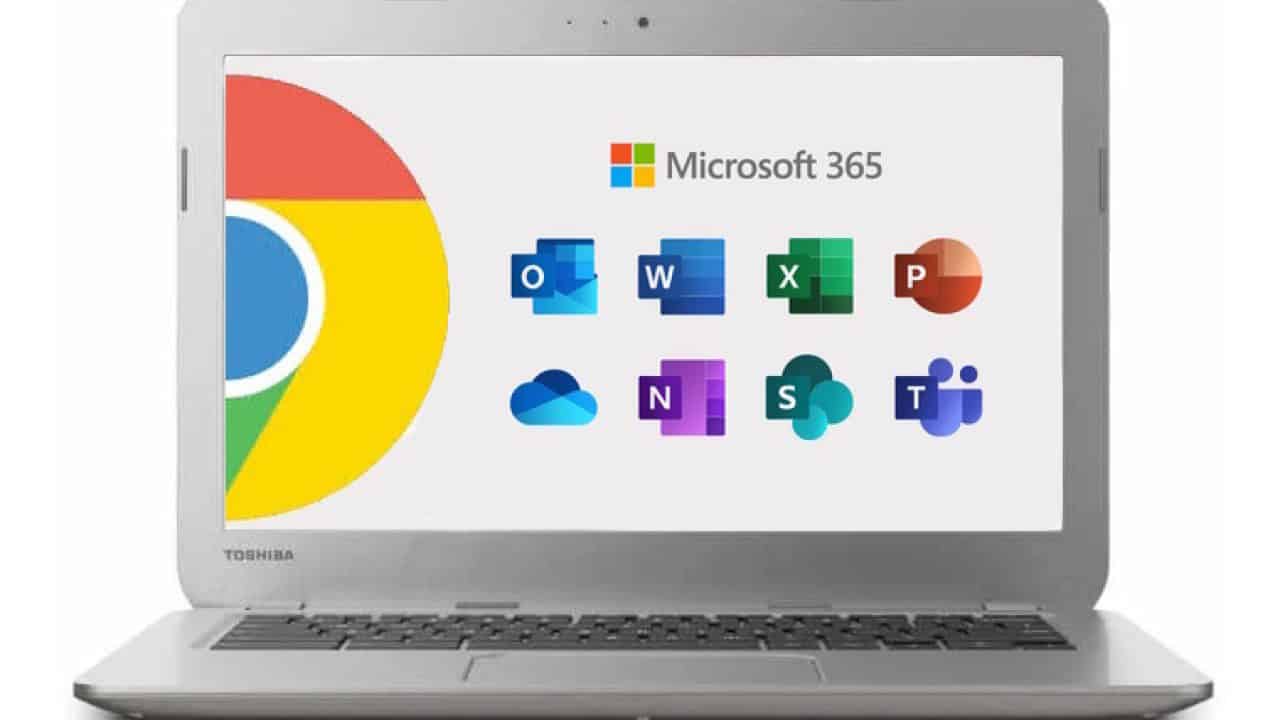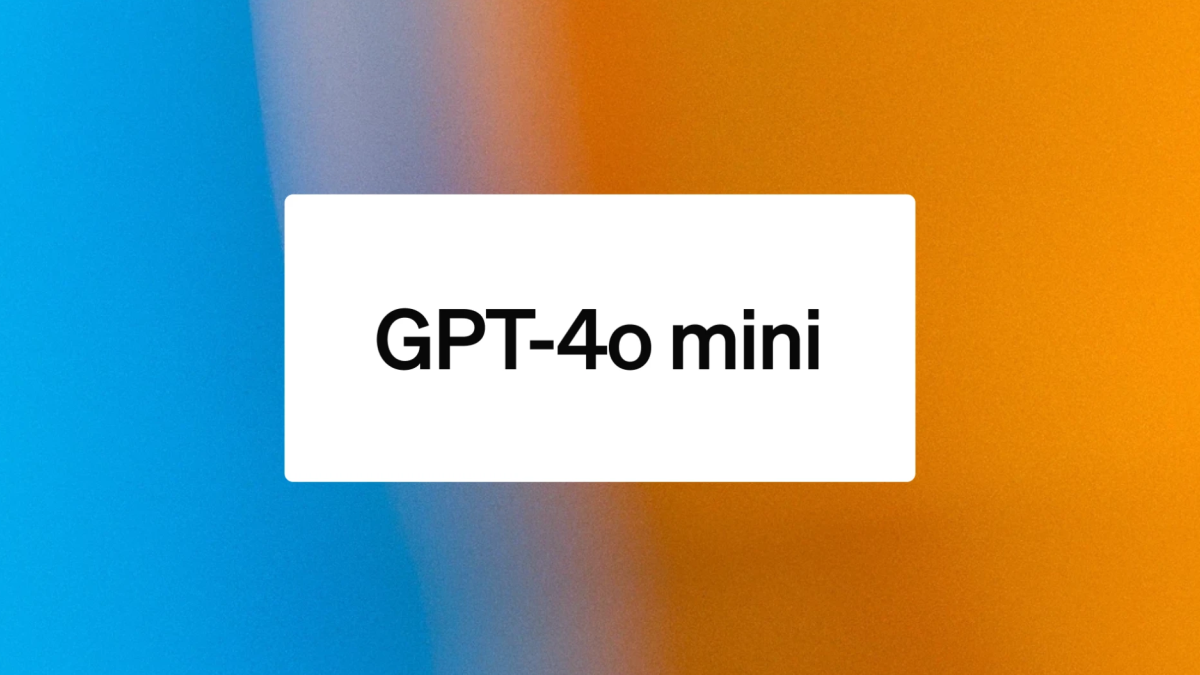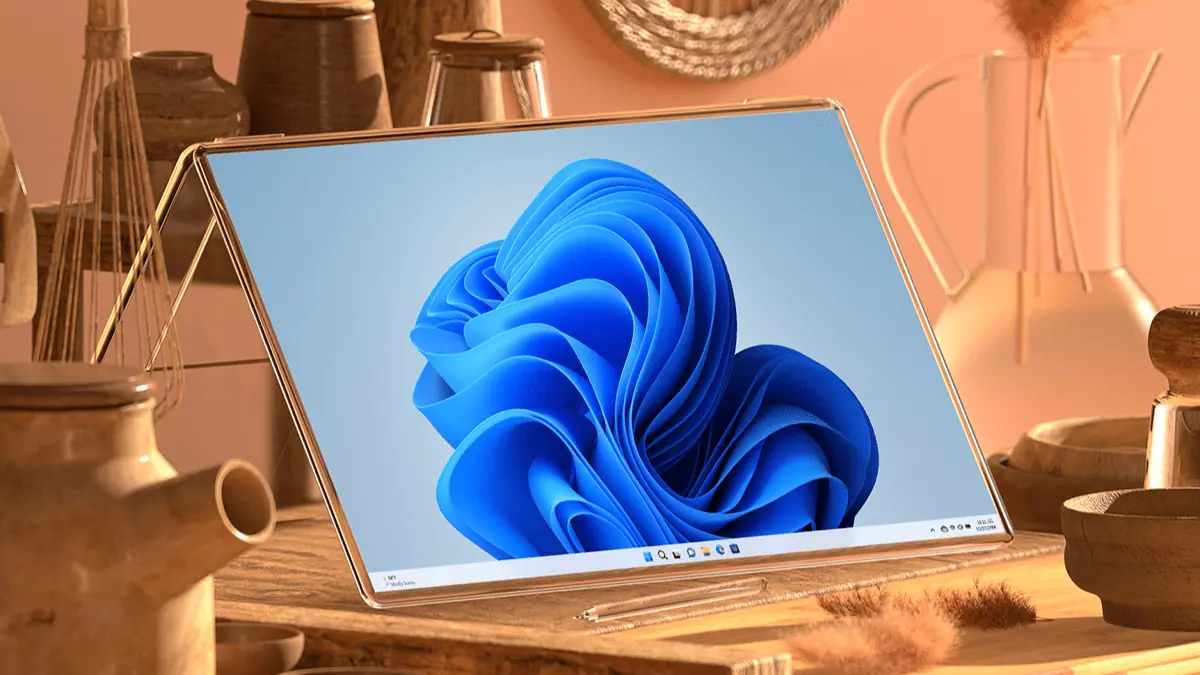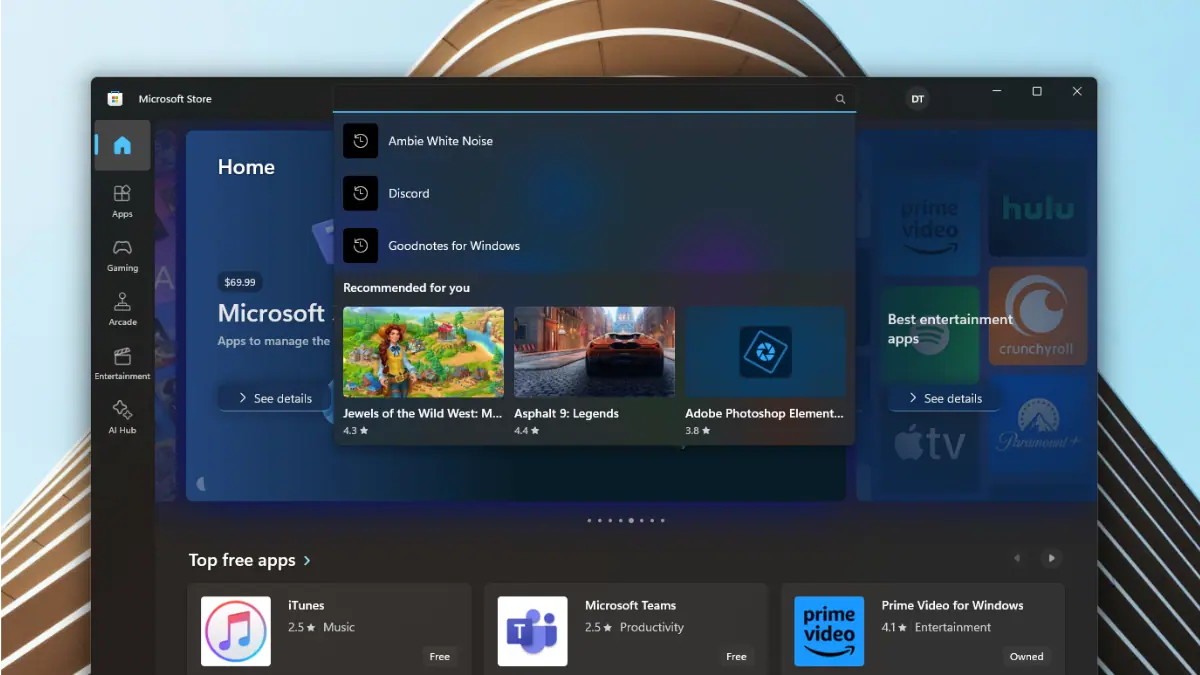Google plans to take care of Windows 10 users if Microsoft won't; after the support ends in 2025
2 min. read
Published on
Read our disclosure page to find out how can you help MSPoweruser sustain the editorial team Read more
Key notes
- Google’s ChromeOS Flex allows businesses to breathe new life into Windows devices after Microsoft ends Windows 10 support in 2025.
- Benefits include security updates, extended hardware lifespan, and reduced e-waste through device repurposing.

With Microsoft ending support for Windows 10 in October 2025, businesses face a significant decision regarding their existing hardware. Millions of PCs could lose security updates and technical support, potentially requiring replacement or alternative solutions.
Anticipating this challenge, Google unveiled ChromeOS Flex, a new offering for businesses with expiring Windows 10 licenses. This free, cloud-based operating system allows compatible Windows devices to be repurposed by installing ChromeOS Flex, providing continued security updates and features like data encryption.
ChromeOS Flex can offer key benefits for businesses. Firstly, it enables extended hardware lifespan. The operating system is lightweight and efficient, making it possible for older Windows devices to remain functional and secure beyond 2025. This means businesses can continue using their existing hardware without worrying about the end of support for Windows 10. By switching to ChromeOS Flex, companies can save money by avoiding purchasing new devices.
Additionally, ChromeOS Flex leverages cloud-based management tools, which can simplify management processes and reduce IT overhead compared to traditional Windows environments.
One of the key concerns for businesses considering alternative operating systems is compatibility with existing Windows applications. ChromeOS Flex allows remote streaming of certain Windows applications and productivity suites. This functionality is still under development, and details regarding supported software versions and performance characteristics are limited.
While ChromeOS Flex presents a potentially attractive option for businesses seeking to extend the life of their Windows devices, several factors remain to be evaluated, including compatibility limitations. The feasibility of the streaming solution for Windows applications needs further clarification regarding supported software, performance, and user experience.
Moreover, businesses should carefully assess how ChromeOS Flex integrates with their IT infrastructure and user workflows to ensure a smooth transition.
ChromeOS Flex presents a potentially valuable solution, but a thorough evaluation considering specific needs and compatibility with existing workflows is crucial before deciding.
There is also another alternative post the end of support Windows 10, and that is Microsoft wants you to pay to get Windows 10 security updates after the end of support.
More here.








